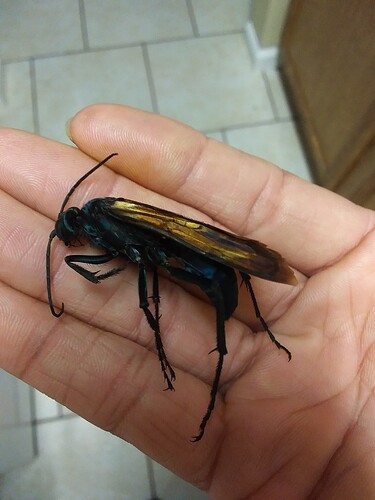As I understand it, the old Domain, Kingdom, Phylum, Class, Order, Family, Genus, Species hierarchy has been largely obsoleted by modern genomics and many of the categories from it are absolutely useless from a Cladistics standpoint and stick around because of the inertia they’ve gained from long use.
Notably, in terms of clades, “Fish” don’t exist as a meaningful group. Either the animals we commonly call fish are spread across several clades, or all tetrapods(Amphibians, Reptiles, Birds, and Mammals) are fish. Also, Bass are more closely related to humans than to sharks.
The simplified Clade structure goes something like:
All chordates form a clade.
One of the first splits was Boney fish versus Cartilaginous fish, the former including bass, the latter sharks.
The next major split was between boney fish and tetrapods.
Tetrapods then split into Amphibians, Reptiles, and Mammals, and Reptiles into Reptiles and birds(via the avian dinosaurs).
Note, when I say a group split into x and y above, I really mean the common ancestors of x and the common ancestors of y that aren’t common ancestors of both.
Also, chickens are the closest living relative of the T-rex, all of the variation in human phenotypes is due to about 10th of 1 percent of DNA that varies between individuals and humans are about 98% chimp genetically speaking and about a quarter of modern humans have neanderthal ancestry and blue eyes in humans are a trait of Scandinavian descent. Oh, and animals are more closely related to fungi than plants, but humans and bananas still have about 7% of DNA in common.
Also, some forests are a single organism with many stems shooting up from a single root system and some fungi can do similar with their mycelium.
Also, things that aren’t crabs are so fond of evolving into things that are like crabs that biologists have a $10 word for things evolving into a crab-like form.
There is an infectious type of cancer that dogs get that, from a certain point of view, could be viewed as a single celled species of dog that has a pathogenic life cycle.
There’s a brand of australian beer that had to redesign their bottles… because they were too sexy for a particular species of beetle… Like, they weren’t having enough beetle babies because the males were too busy trying to mate with the beer bottles to do so with the female beetles.
Contrary to popular belief, dogs have color vision, though they are dichromats instead of trichromats like most humans. And speaking of humans, the same x-linked genes that cause the most common form of color blindness in humans can give female carriers of these genes tetrachromatic vision. Also, birds are usually tetrachromats and many insects can see into infrared or ultraviolet.
Cats have a reflective layer behind their retina that gives light that misses a photorecepter on the way in gets a second chance to be detected. As a result, taking a cat’s picture with a flash where their pupils are dilated can result in their pupils glowing in the resulting photograph from the flash reflecting off the back of their eyes.
Owls have eye cylinders, not eye balls., and in addition to excellent night vision, their ears are asymmetrically arranged so that can not only pin point the source of a sound left-right, but up-down as well.
The mantis shrimp has over a dozen kinds of photoreceptors in its eyes and can see the polarization of light. It can also deliver a supersonic punch.
Tartigrades aka moss piglets aka water bears are incredibly hardy having even survived extended exposure to vacuum.
Much of a mature tree’s mass is dead and some trees can survive their trunk being almost completely hollowed out.
Most of a tree’s mass comes from the air.
It’s possible to grow crops whose roots are exposed to the air. It’s called aeroponics and only requires occasionally spritzing the roots with an aqueous nutrient solution. It requires fewer raw resources than traditional soil-based farming or hydroponics(where the roots are submerged in the nutrient solution, and combined with vertical farming techniques and artificial lighting tuned to the optimal spectrum for photosynthesis, you could in theory build a skyscraper farm that could provide fresh produce for a sizeable number of urban dwellers without the need of large farmlands or needing to ship produce long distances from said farmlands to the city.
Also, as presented above, the selling blood thing sounds like another example of how the US is lagging behind the rest of the developed world(both in that we allow such incentives despite the good reasons not to, and that our baseline welfare systems are so shoddy that people are desperate enough to do so even when there are good reasons for them to not give blood. Not sure how to feel on the gays can’t donate front though… on the one hand discrimination bad, on the other, gay men might be more likely to engage in acts with a higher risk of transmitting things that make one unsuitable as a donor… whether that risk is actually high enough to justify the restriction is a question for the unbiased medical statistician, and I’m not sure such a thing actually exists… Still, not sure if the restriction is bound out of general anti-gay sentiment or similar to how anyone who was in the UK during the worse of Mad Cow isn’t allowed to give blood(though, as far as I know, there’s no way of screening blood for prions, not sure that holds for the kind of things a gay person might be at higher risk of contracting than a straight person).

